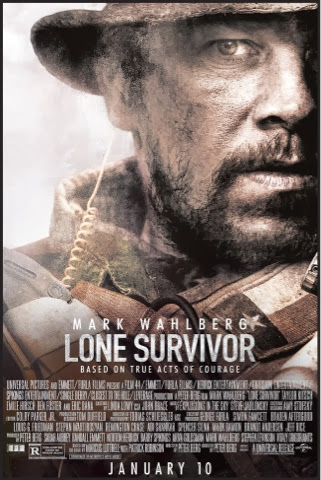Martin Scorsese's most recent film, The Wolf of Wall Street, is an undeniable classic. But just about everybody should be appalled by it and hate themselves for loving it. Like Seinfeld, the characters depicted in this film are the lowest, basest, most reprehensible and repugnant human beings ever committed to celluloid this side of Hitler. But, God help me, they are some of the most interesting and entertaining figures I have seen in years.
The only synopsis of the film I can muster is men behaving badly. And getting incredibly rich in the process.
That's really all you need to know about the plot. Even Leo breaks the fourth wall several times during the film (his character is narrating the story) and says directly to the audience when explaining complicated stock deals that you don't really care about what's happening, let's just move onto the next super-charged scene of bacchanalian excess. And that really sums the film up. Energy and excess. The poster is not hyperbolic of its depictions of the events therein. Just about every vice is on display here, but it is presented with such verve, such aplomb, that you want to be directly in the middle of it. It is Wall Street on a steroids, meth and cocaine mixer.
Like most of Scorsese's character studies, it is about evil men in evil situations. Scorsese has often been a grotesquely distorted funhouse mirror of Aesop, telling twisted morality tales with over-the-top characters in almost every one of his films from The Departed, Goodfellas, Mean Streets, Casino, Raging Bull to even Cape Fear. But there is a key difference between all those great films and this one. In the case of The Wolf of Wall Street, there are no consequences, no judgement in the movie's denouement. In every other film, Scorsese has fearlessly showed that a criminal lifestyle is exciting. It is glamorous. It is fast-paced and never boring, and yes, it does pay at first. But in all the aforementioned movies, he has also been very pointed in saying that the lifestyle has a cost and punishment, and his characters usually meet a bad end, whether they be good guys or bad guys. Scorsese's worlds are very dog-eat-dog, and not great to inhabit. They injure and scar everyone they touch. But usually the bad guys get what's coming to them in the end. In The Wolf of Wall Street, this doesn't happen. It is an amoral movie about amoral characters, who don't really suffer in the end. Despite Leo's character going to prison, he makes the point that he's rich in a place where everything is for sale. The end is the same as Seinfeld's: that despite their going to prison for being the most selfish and self-absorbed people on Earth, it really isn't a big deal. This is satire in its blackest of black hearts and will be off-putting to many, but my God, it is a finely and entertainingly-told tale. It is not for everyone. If you have delicate sensibilities about anything, this is not the movie for you. But if you can stomach it, it is well-worth your time. A truly adult film made for adults. I wish there were more of them.



